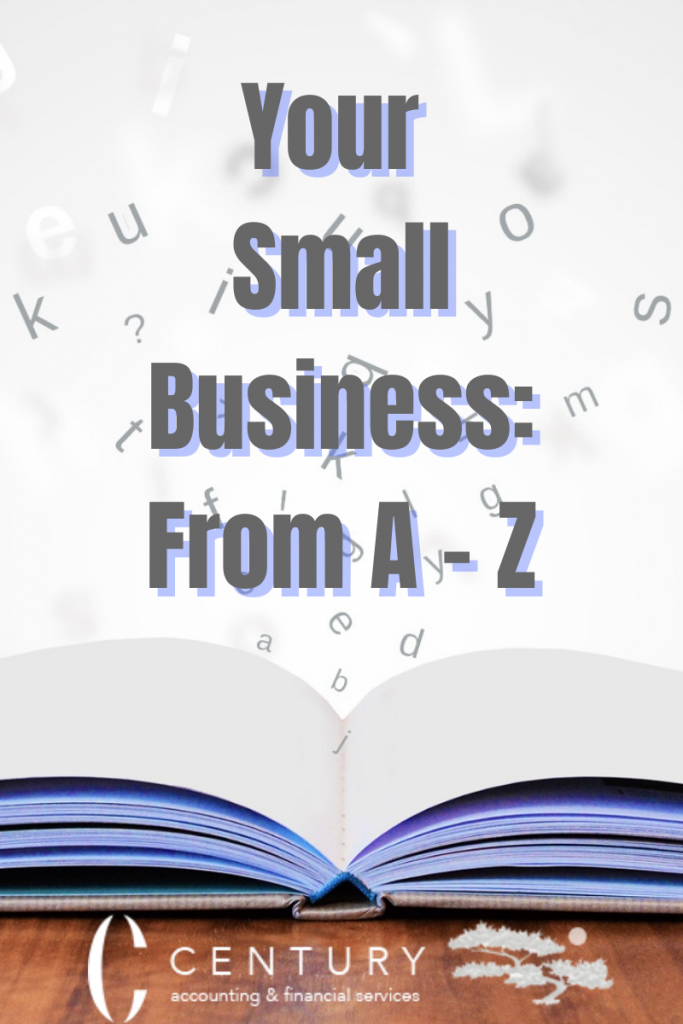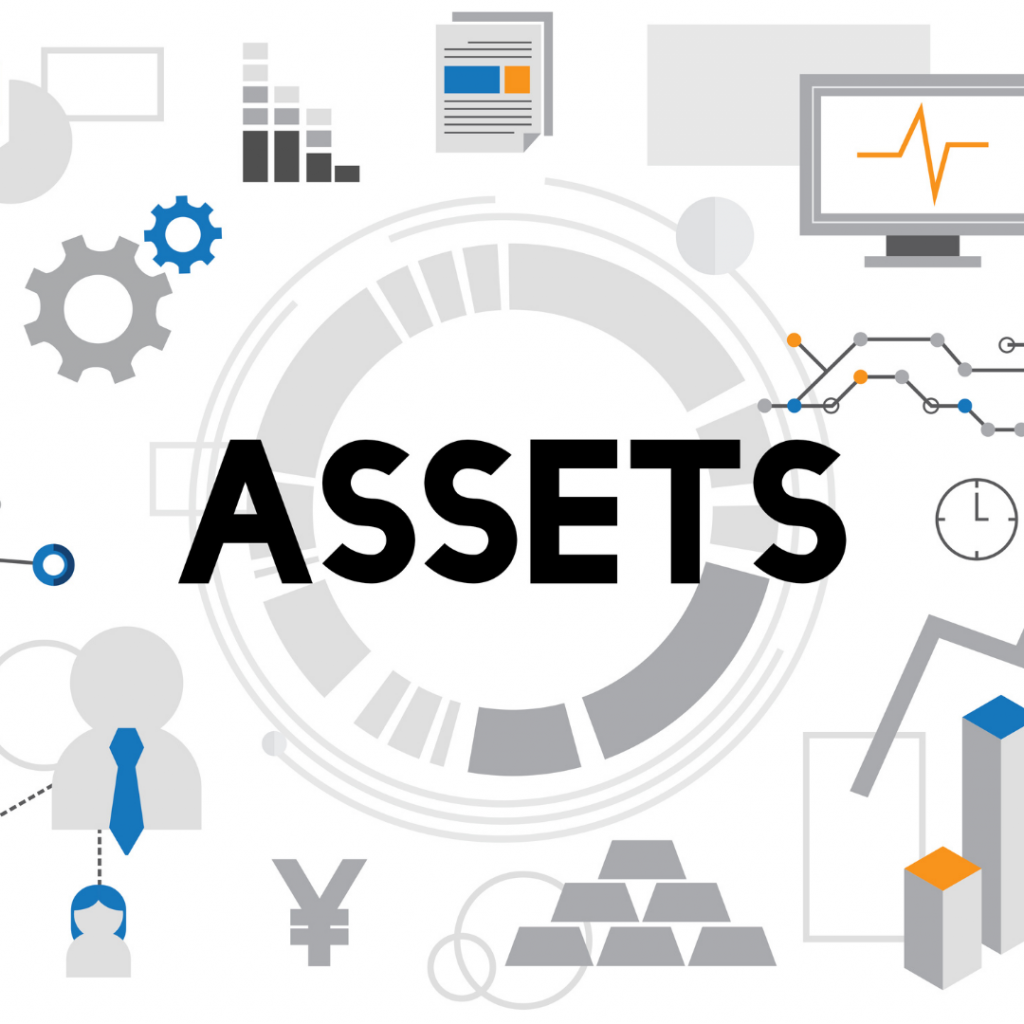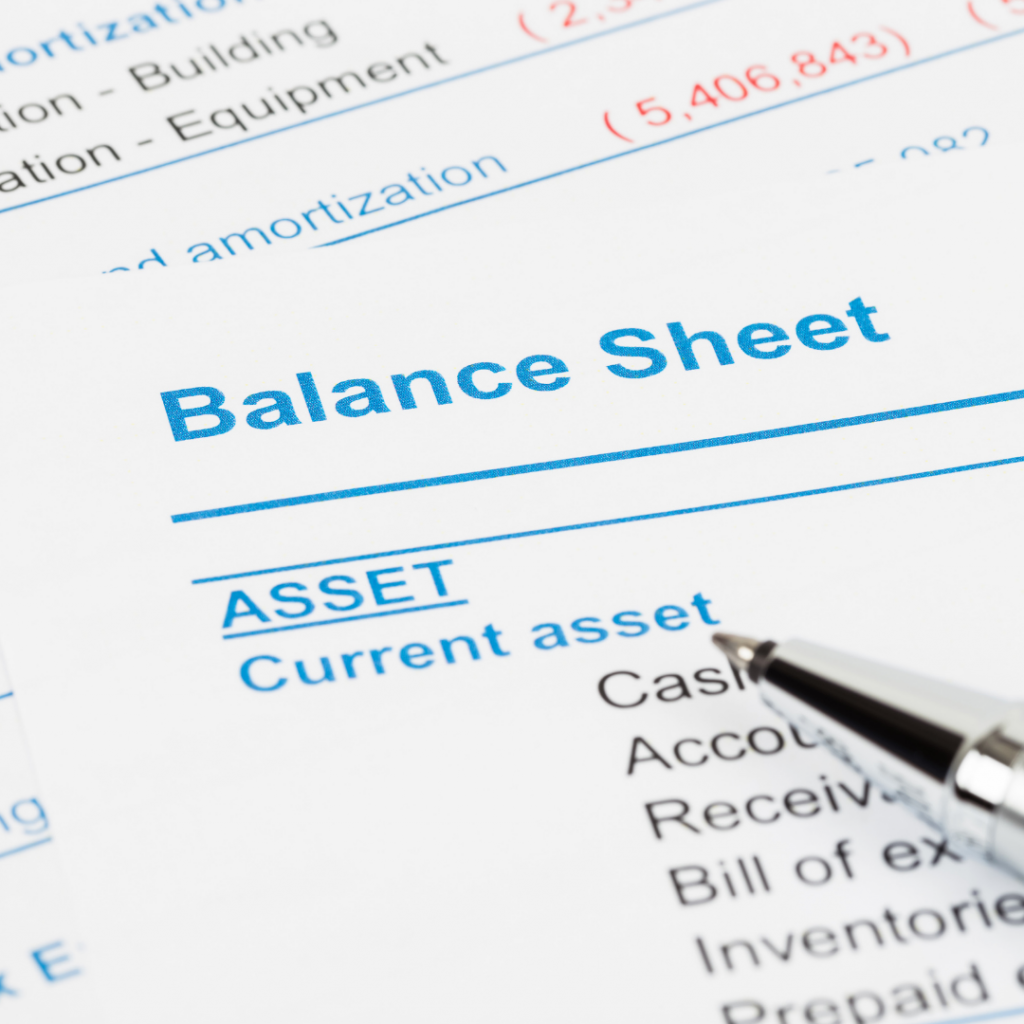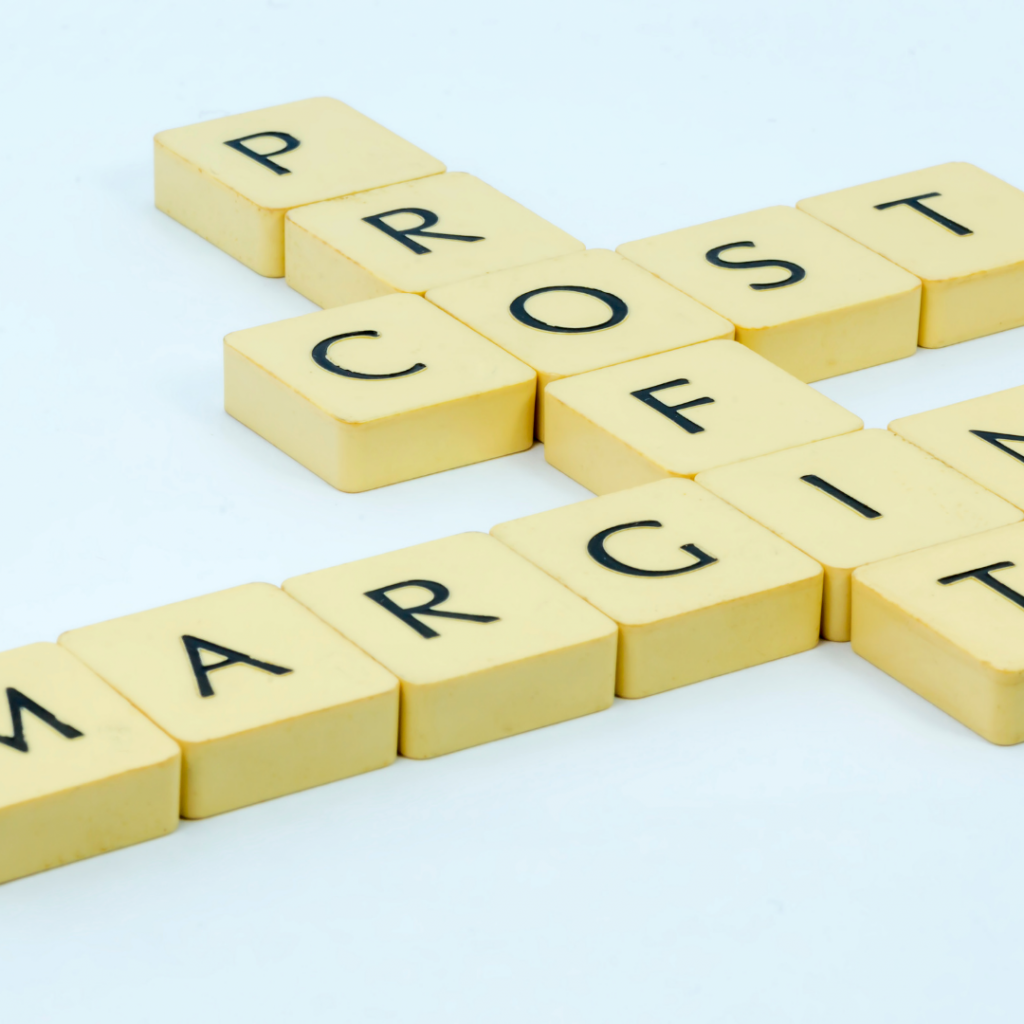
Do you ever wish you had a better understanding of terms your accountant uses when talking about your business?
You are not alone. I’ve had several clients ask me to explain a term we were using, but they also admitted they were embarrassed to ask.
They thought they should already know what it meant.
That’s just not true!
Just as I may not understand terms directly related to your business, I don’t expect you to understand mine. We become familiar with the words we use every day and sometimes forget that people outside of our industry aren’t.
So, I decided to start this series:
Your Business: A-Z
We will work our way through the ABC’s of your business, hopefully adding a further understanding of commonly used accounting and taxation terms.
Let’s start with A-C!

A is for Asset
An asset is something that a business has bought or purchased, and that has monetary value. An asset can be tangible or physical, like cash or equipment. It can also be intangible, not physical in nature, like trademarks, copyrights, or goodwill.
Assets are found on the balance sheet of a company’s financial statements.
A fixed asset is property that has a life of longer than one year and is depreciated based on its useful life.
On the other hand, intangible assets, such as customer lists and start-up costs, are considered other assets and are amortized instead of depreciated.

B is for Balance Sheet
In accounting, a balance sheet or statement of financial position summarizes the assets, liabilities, and equity of a company at a given point in time.
It is one of the three significant financial statements used by accountants and business owners. It provides a “snapshot” of a business’s financial position. It shows what a company owns, as well as what it owes.
Why is it called a balance sheet?
Well, think of it as an equation: Assets = Liabilities + Equity.
At all times, each side of this equation must “balance.”
Items that generally appear on all balance sheets include assets such as cash, accounts receivable, inventory, and fixed assets.
You will find items like accounts payable, payroll taxes payable, and short or long-term loans in the liabilities section.
Lastly, additional pain-in capital and retained earnings are found in the equity section.

C is for Cost of Goods Sold
Cost of goods sold (COGS) or cost of sales is the direct cost of producing the products your company sells.
It includes the cost of materials, labor, overhead(for manufactured goods only), and shipping costs directly related to fabricating your products. If in doubt of whether an expense should be included in COGS, ask yourself if you would have incurred that expense if there were no sales.
Thus, indirect costs like overhead not related to the manufacturing process, and marketing are not included.
Businesses that carry inventory calculate COGS as follows:
Beginning inventory + Purchases – Ending inventory = Cost of Goods Sold.
By deducting COGS from revenue, you calculate gross profit.
Gross profit tells you how efficiently you are turning raw materials into sellable goods.
Lastly, knowing your COGS can help you manage your expenses or decide to raise prices to maintain a targeted profit margin.
That’s it for A-C!
Remember, this post is part of an ongoing series, so make sure to follow along as we make our way through your business’s alphabet.
